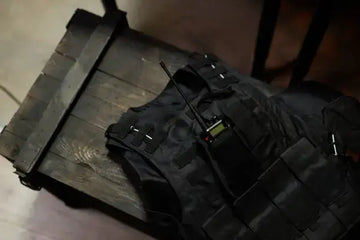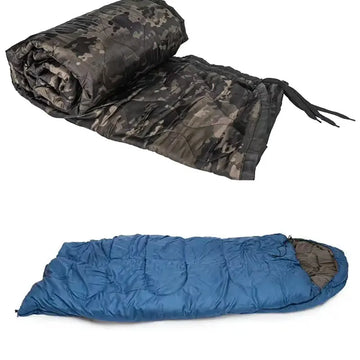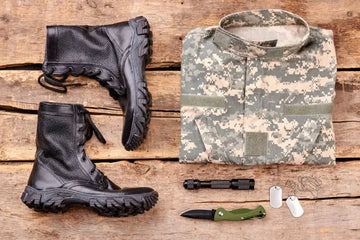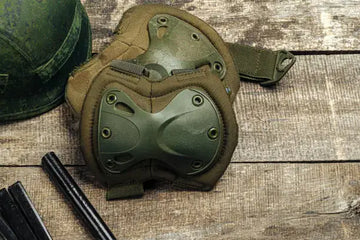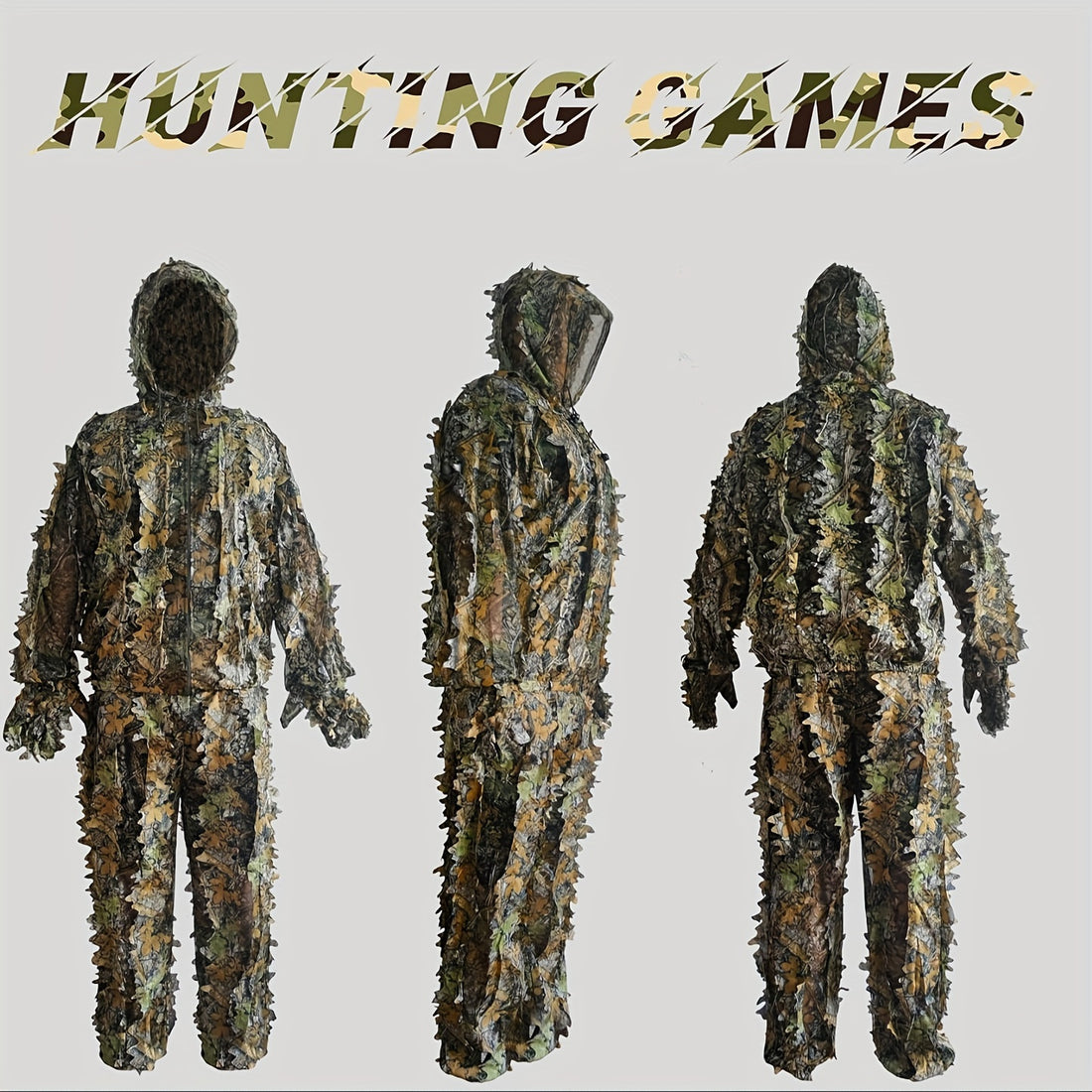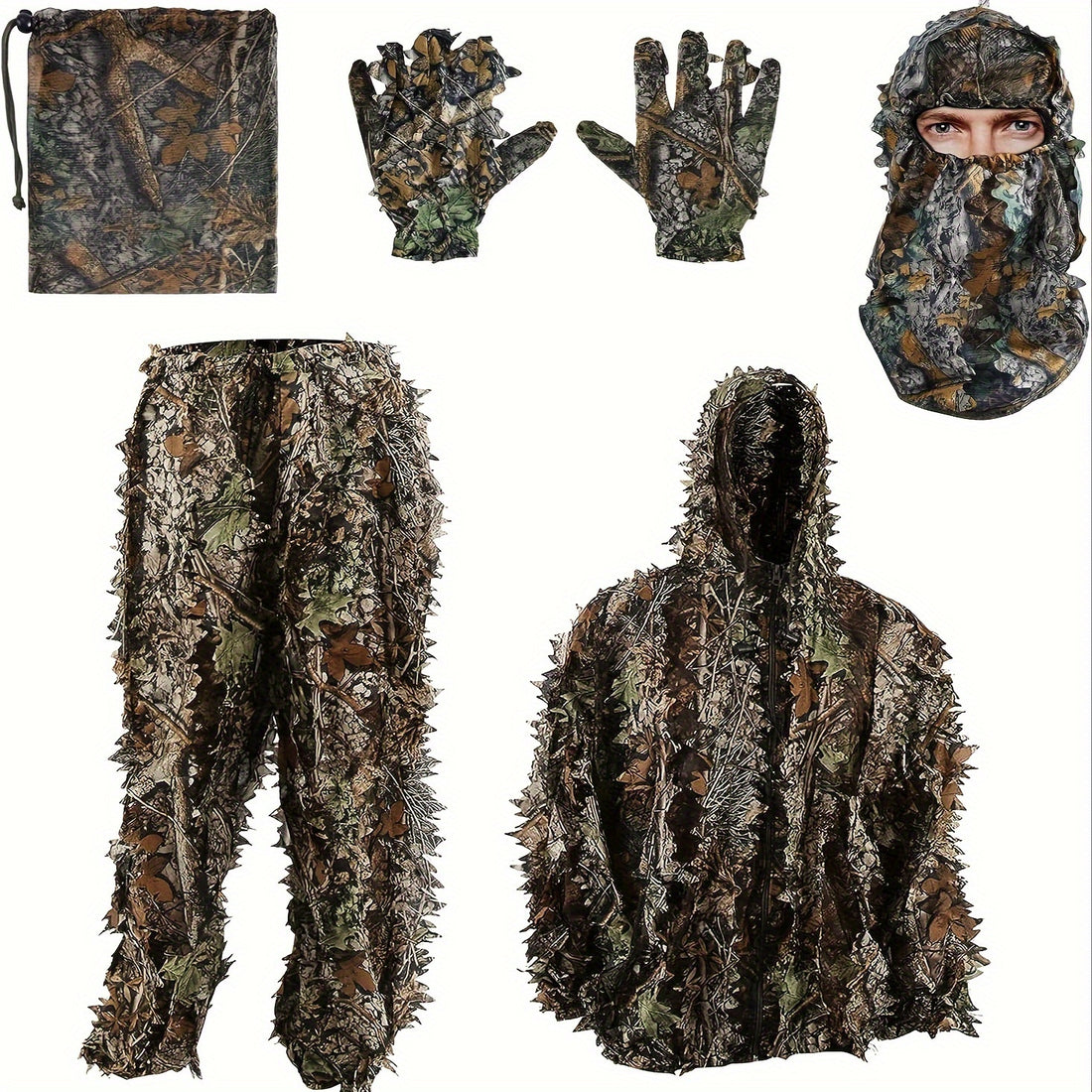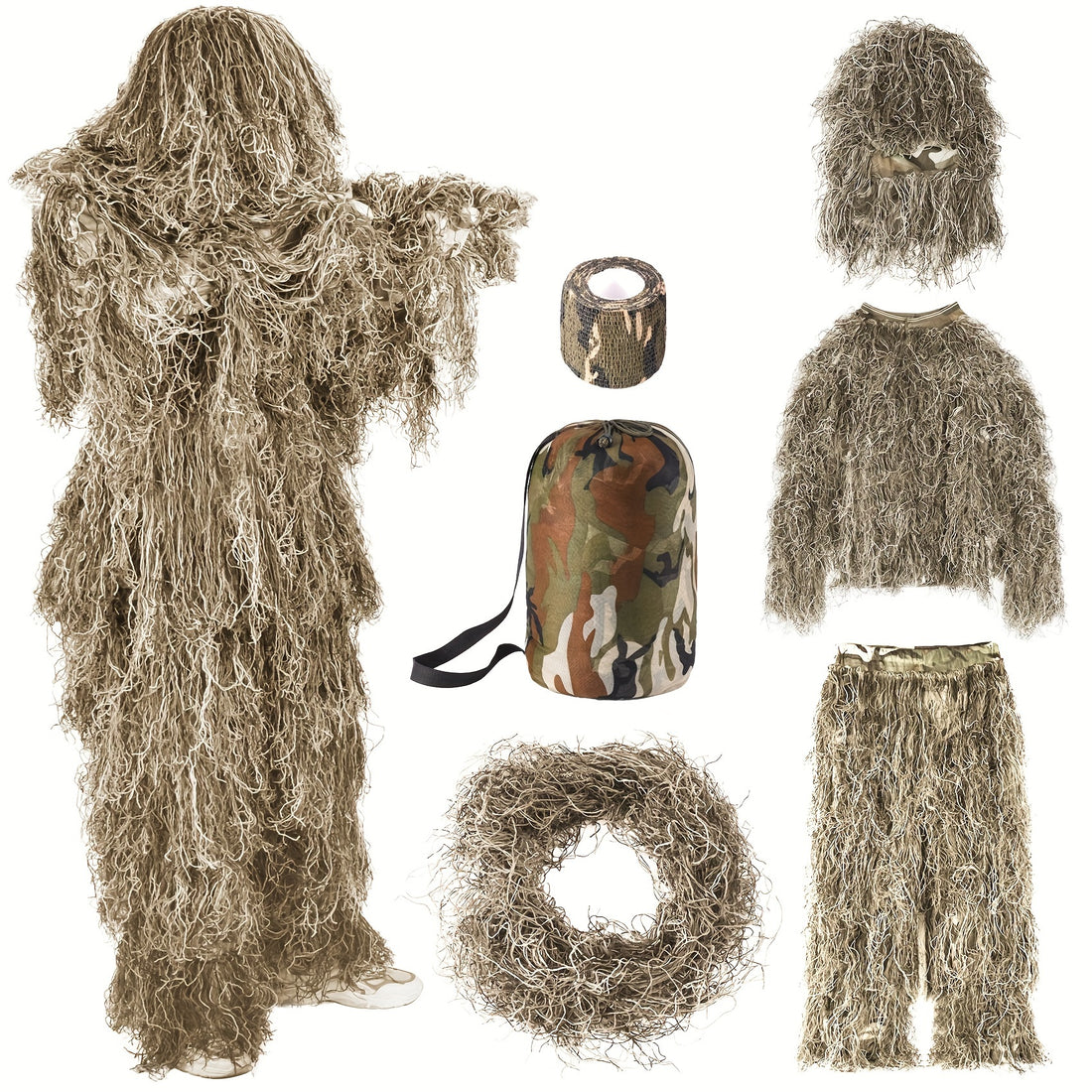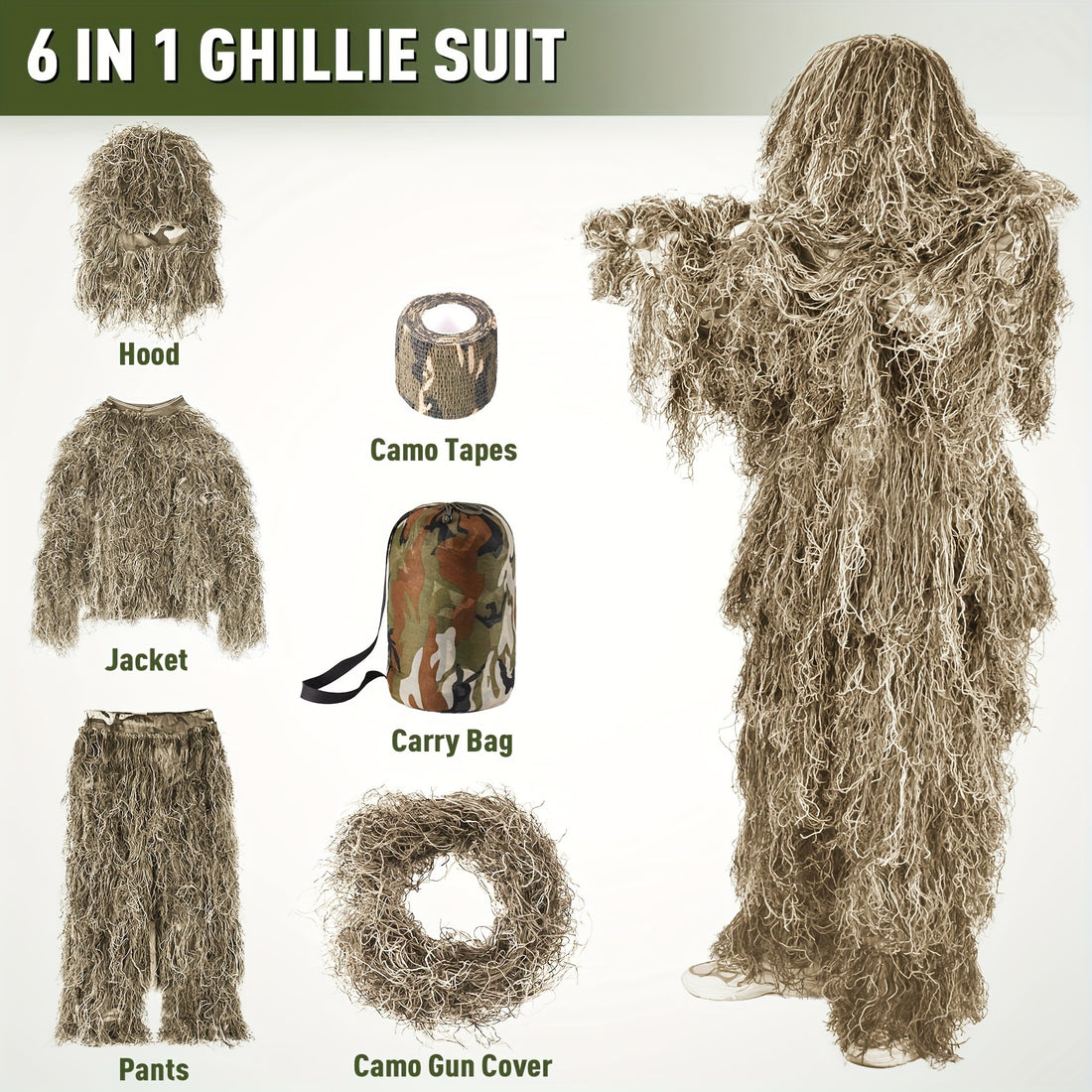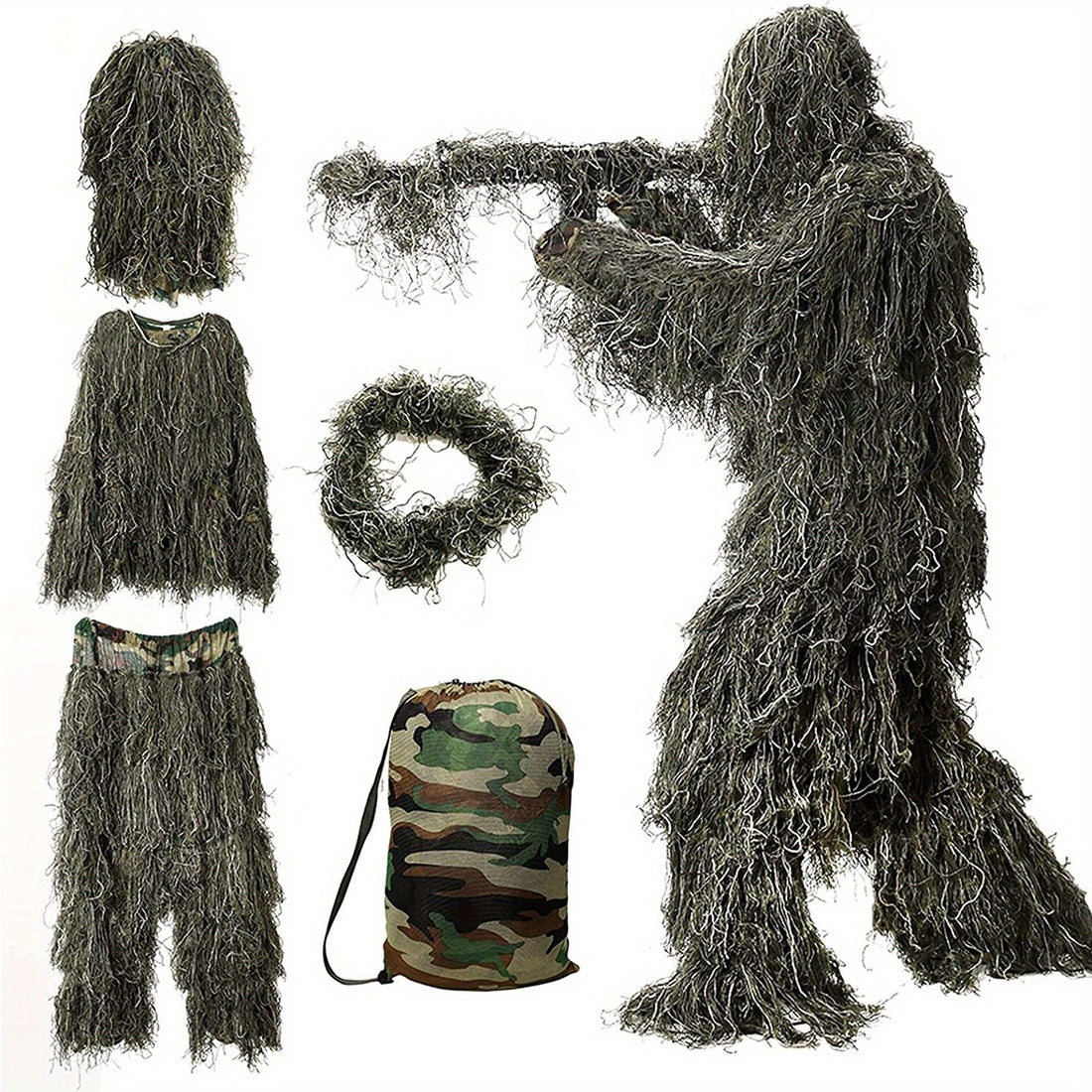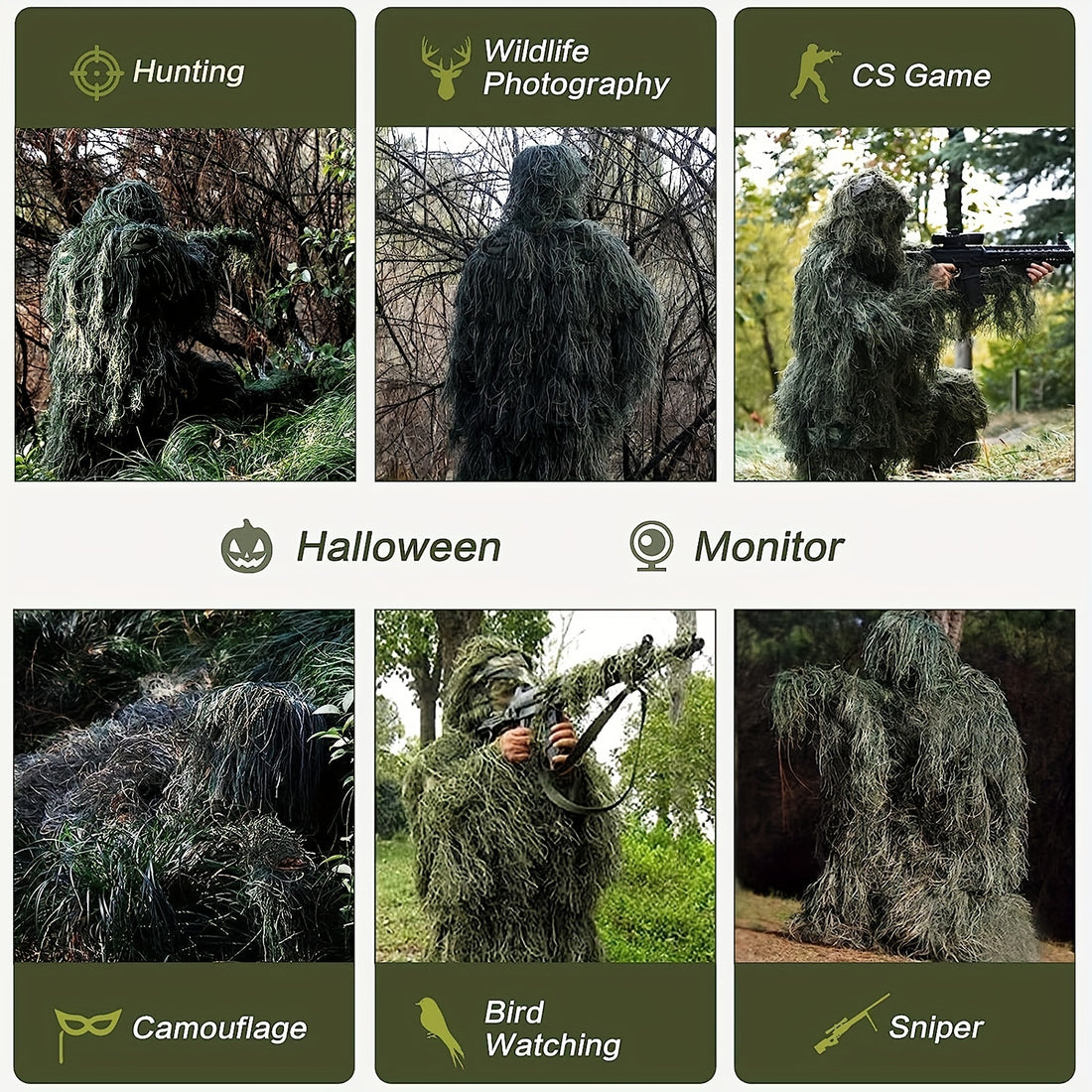Body armor is essential for protection in high-risk environments. Whether for military, law enforcement, or personal use, ensuring its performance is critical.
Proper testing and evaluation help confirm that the body armor meets safety standards and performs effectively under various conditions.
In this article, we’ll explore how to test and evaluate body armor performance through field tests, laboratory tests, and real-world application scenarios.
Basics of Body Armor Testing
Before diving into the methods, it's important to understand what body armor testing involves. The goal is to assess durability, ballistic resistance, and usability. Key factors include:
- Ballistic Resistance: Can the armor stop bullets or shrapnel effectively?
- Blunt Force Impact: Does it reduce the energy transfer to the body?
- Environmental Resistance: Can it withstand exposure to heat, moisture, and wear over time?
- Fit and Comfort: Does it allow full mobility and comfort during use?

Field Testing of Body Armor
Field tests simulate real-world use. These tests ensure the armor performs as expected in active scenarios.
1. Fit and Comfort Test
Procedure: Have the wearer perform typical movements, such as running, crouching, and climbing.
Purpose: Evaluate whether the armor restricts movement or causes discomfort over time.
Key Points to Check:
- Does the armor fit securely without shifting?
- Are straps and adjustments effective?
- Is the armor breathable for prolonged use?
2. Wear and Tear Evaluation
Procedure: Expose the armor to regular use over weeks or months.
Purpose: Assess how the materials hold up under repeated use and friction.
Key Points to Check:
- Are seams and edges intact?
- Does the fabric show signs of wear or damage?
- Are plates or panels remaining securely in place?
3. Real-World Simulations
Procedure: Conduct training exercises involving crawling, rolling, and hitting the ground.
Purpose: Mimic scenarios like combat or law enforcement activities to assess durability.
Key Points to Check:
- Does the armor retain its shape and structure?
- Can it endure rough handling and environmental stress?

Laboratory Testing of Body Armor
Laboratory tests offer controlled and precise methods to evaluate armor performance.
These tests follow strict standards set by organizations like the National Institute of Justice (NIJ) or similar governing bodies.
1. Ballistic Testing
Procedure: Use a ballistic testing setup with firearms, projectiles, and calibrated testing equipment.
Purpose: Measure the armor’s ability to stop bullets of various calibers and velocities.
Key Points to Check:
- Does the armor prevent penetration?
- How much backface deformation (impact on the body side) occurs?
- Standards: Testing is often conducted according to NIJ levels (e.g., Level II, IIIA, III, IV), which specify resistance to certain calibers.
2. Blunt Force Trauma Testing
Procedure: Place the armor over a dummy or clay model and shoot it. Measure the depth of the indentation left on the backing material.
Purpose: Evaluate how much energy is transferred to the body, even if the bullet is stopped.
Key Points to Check:
- Does the indentation meet acceptable safety thresholds?
- Are energy dispersal materials functioning correctly?
3. Environmental Stress Testing
Procedure: Expose the armor to extreme temperatures, moisture, and UV light in controlled conditions.
Purpose: Simulate wear and tear due to environmental exposure.
Key Points to Check:
- Does heat or moisture weaken the armor’s performance?
- Are materials degrading under prolonged UV exposure?

Real-World Application Scenarios
While lab and field tests are essential, real-world scenarios are the ultimate evaluation.
These involve testing the armor in environments similar to those it will be used in.
1. Live Fire Training
Procedure: Use body armor on dummies or ballistic gel targets in live-fire ranges.
Purpose: Test how the armor handles realistic angles and unpredictable shot patterns.
Key Points to Check:
- Can the armor withstand multiple impacts in different areas?
- Does the wearer feel confident in its performance?
2. Multi-Hit Testing
Procedure: Fire multiple rounds at the same spot or nearby areas.
Purpose: Evaluate the armor’s resistance to repeated hits in a single area.
Key Points to Check:
- Does the armor lose integrity after the first impact?
- Are subsequent shots still effectively stopped?
3. Edge and Coverage Tests
Procedure: Fire at the edges or seams of the armor.
Purpose: Ensure no weak points exist near stitching or boundaries.
Key Points to Check:
- Are edges just as secure as the central panel?
- Does the coverage align with the expected protection level?

Certifications and Standards
Body armor testing should comply with internationally recognized standards. These certifications indicate the armor has been thoroughly evaluated:
- NIJ Certification (U.S.): Covers ballistic resistance and trauma performance.
- HOSDB Standards (UK): Ensures protection against stab and ballistic threats.
- CAST Standards: Evaluates police equipment for safety and performance.
- ISO Standards: Tests durability and quality under global guidelines.
Key Considerations for Proper Testing
- Consistency: Tests must follow the same procedures to ensure comparable results.
- Frequency: Regular testing ensures the armor maintains performance over time.
- Documentation: Keep detailed records of test results for accountability and compliance.
- Professional Expertise: Engage certified labs or professionals to conduct rigorous testing.
Note: Not all manufacturers conduct every type of test mentioned. The specific tests depend on the manufacturer, the market they serve, and the certifications they aim to achieve.
For example, lab testing is mandatory for manufacturers seeking certifications like NIJ in the U.S., while real-world simulations are often optional but recommended for improving product design.
Smaller or unregulated manufacturers might skip comprehensive testing, which can result in less reliable armor. Always check for certifications and test results to ensure your safety.
Wrapping Up
Testing and evaluating body armor is a comprehensive process. It involves field tests for usability, lab tests for ballistic and environmental resistance, and real-world simulations to ensure reliability in critical situations.
By following these steps, manufacturers, agencies, and users can ensure their body armor meets the highest standards of protection.
Whether you're a buyer or an organization evaluating body armor, always insist on detailed testing procedures. Safety is non-negotiable, and investing in proper testing can save lives.
Explore our plate carriers
If you're looking for professional-grade body armor, consider reaching out to reliable manufacturers like us, AET GEAR.
With over 15 years of experience, we specialize in designing and manufacturing durable and functional custom gear. Contact us for a custom solution built just for you.


